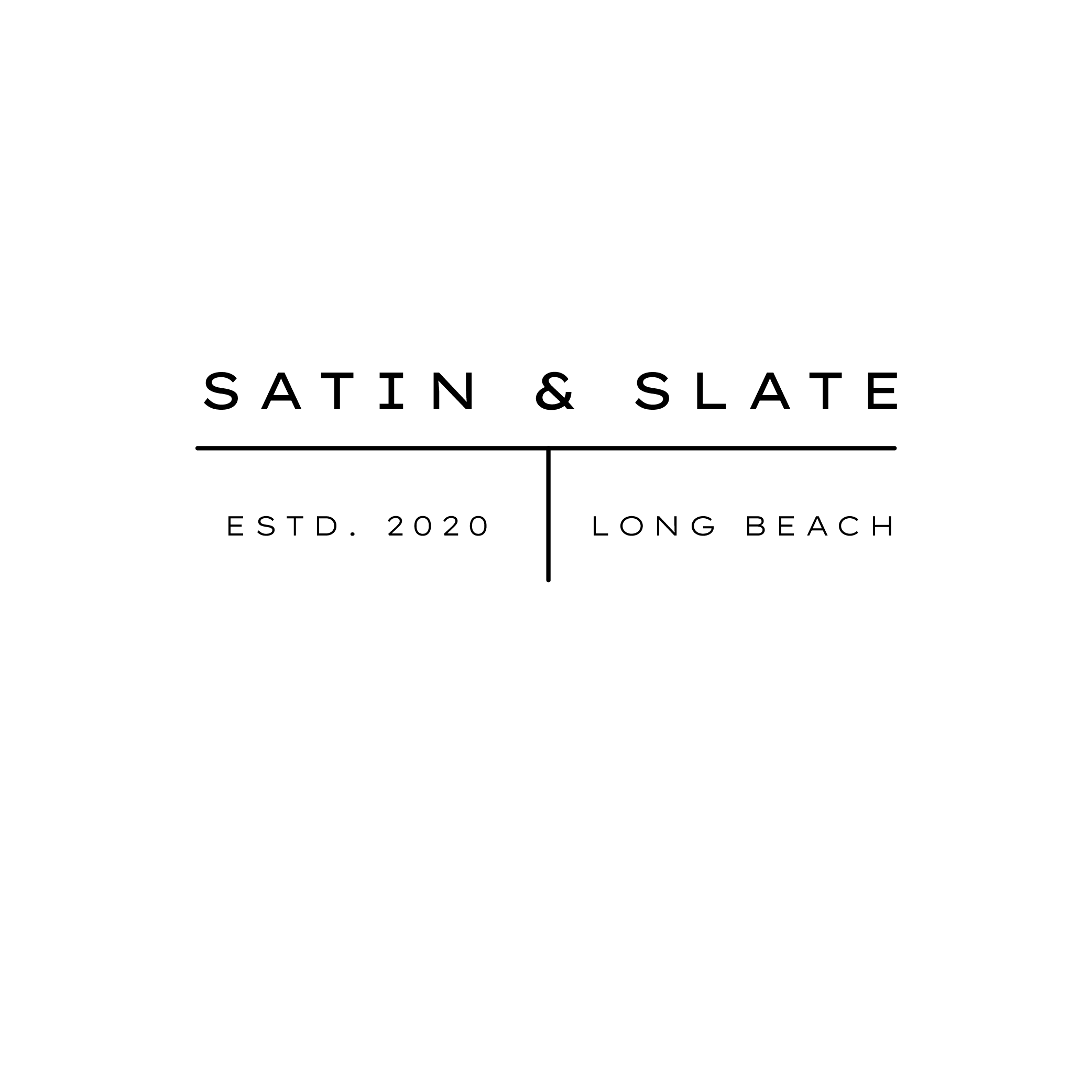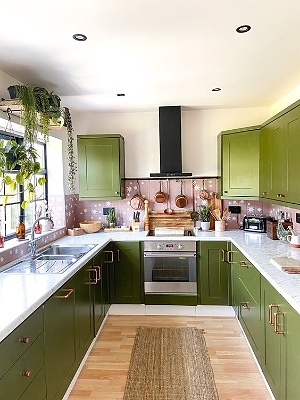The kitchen stands as the centerpiece of every home, blending aesthetics and functionality into a harmonious space. In the vibrant tapestry of Orange County, where diverse styles converge, the selection of kitchen cabinet materials wields considerable influence over a kitchen’s ambiance. From traditional to contemporary, rustic to modern, the materials you choose play a pivotal role in defining your kitchen’s character.
In this comprehensive guide, we delve into the 10 finest materials for kitchen cabinets in Orange County, weighing durability, style, and suitability for the local climate.
Understanding Kitchen Cabinet Materials
Whether you’re embarking on a kitchen transformation journey, replacing outdated cabinets, or tending to repairs, a foundational understanding of kitchen cabinet materials is essential. Without this knowledge, the selection process becomes daunting, risking a mismatch between aesthetics and practicality. Even if a material complements your home’s current style, it might not withstand the rigors of a bustling household, particularly one with children.
Moreover, costs can catch you off-guard if you fail to explore the spectrum of available materials. While stainless steel, solid wood, and plywood offer remarkable durability, they might carry a higher price tag. However, considering their resilience, the expense could be justified by the longevity and quality of cabinet construction. To help you make an informed choice, this article serves as your educational companion to the realm of kitchen cabinet materials.
1. Medium-Density Fiberboard (MDF)
MDF emerges as a popular choice due to its versatility, affordability, and diverse finishes. This material’s density exceeds that of hardwood, allowing for a smooth, flawless finish impossible to achieve with solid wood or plywood. With water and mold resistance, MDF thrives in moisture-rich environments like the kitchen. Its adaptability shines through various styles and finishes, although it’s worth noting that MDF might be less durable compared to other options, vulnerable to high temperatures.
2. Solid Wood
Solid wood takes center stage for strength, longevity, and timeless appeal. Oak, maple, cherry, and walnut, among others, provide both durability and a rich palette of natural colors. While exuding elegance, solid wood demands an investment that mirrors its premium quality. However, its porous nature necessitates prompt cleaning of spills to prevent staining.
3. Plywood
Balancing sturdiness and affordability, plywood emerges as a reliable choice. Light yet robust, plywood withstands the test of time, readily accommodating repairs. Its cost-effectiveness compared to solid wood or stainless steel makes it a favorite. However, attention must be paid to the quality of plywood to avoid issues like knots and gaps that may compromise its durability.
4. Stainless Steel
Sleek, modern, and industrial, stainless steel stands as an unconventional yet durable option. Resistant to heat, water, and stains, it shines in commercial kitchens. While its durability and ease of cleaning are undeniable, the premium cost and distinct style might limit its residential application.
5. Particleboard
When affordability reigns supreme, particleboard steps forward. Compressed wood chips create a budget-friendly option suitable for interior cabinet components. Yet, due to limited strength, caution is necessary to avoid overloading.
6. Melamine
Durable and water-resistant, melamine is engineered for longevity. Its process involves bonding a melamine paper to MDF or particleboard, resulting in a resilient material that defies warping, staining, and heat damage.
7. Wood Veneer
Offering the allure of natural wood without the price tag, wood veneer combines solid hardwood strips with substrates. While less prone to warping, it requires careful maintenance to prevent water damage.
8. Laminate
Laminate, with its array of styles and patterns, seals the deal with heat, moisture, and stain resistance. However, quality differentiates high-pressure laminate (HPL) from low-pressure laminate (LPL), affecting durability.
9. Thermofoil
Thermofoil dazzles with design possibilities, utilizing a vacuum-sealed foil-like material over an MDF core. While budget-friendly and visually appealing, it necessitates care due to its sensitivity to heat, moisture, and peeling.
10. High-Density Fiberboard (HDF)
Similar to MDF but denser, HDF offers affordability, stability, and suitability for painting. Its resilience in various climates makes it a dependable choice.
Choosing the ideal kitchen cabinet material in Orange County requires a harmonious blend of personal preference, durability, and cost considerations. From stainless steel’s industrial strength to the timeless elegance of solid wood and the practicality of laminate, each material offers a distinct flavor to your kitchen’s essence. Whether your heart leans towards classic, rustic, or contemporary, the extensive range of choices guarantees cabinets that epitomize both function and style, ultimately creating a space in your home that resonates with your unique vision.
Explore Modern-Minimalist Kitchen Design in Los Angeles: Pros & Cons for more ideas.

Satin & Slate Logo
About Us:
Founded in 2017, Satin and Slate is one of the elite interior design studios in Southern California. Located in Long Beach, this dedicated team of designers oversees from kitchen and bathroom renovations to commercial projects. Equipped with their own showroom/studio they can satisfy the needs of any client. Featuring clean lines, bright colors and fresh ideas Satin and Slate’s mission is to bring your vision to life and help transform your space into something extraordinary.





